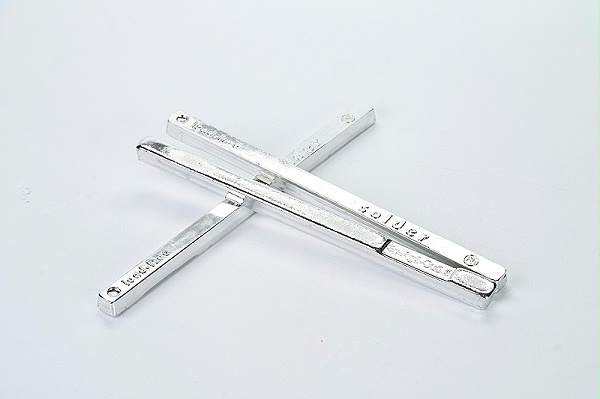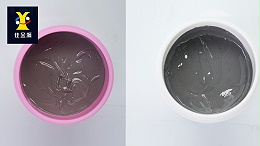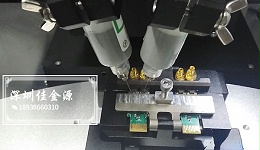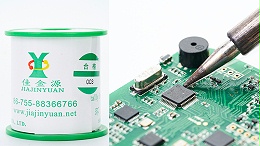
Solder paste manufacturers popularize some working knowledge about solder bars?Everyone is clear about the classification of tin bars, which are divided into leaded tin bars and lead-free tin bars. There are also high-temperature and low-temperature types. I wonder if everyone knows these different properties. What are the differences between high-temperature and low-temperature tin bars? Let's take a look together

The difference between low-temperature tin bars and high-temperature tin bars
The main difference between low-temperature tin strips and high-temperature tin strips lies in the level of antioxidants added to the tin strips. Generally, high-temperature operating temperatures can all be achieved400-480Degree. Low-temperature tin bars are made of high-purity metals. Under strict quality control conditions, they undergo vacuum deoxidation treatment to effectively control the degree of oxidation and the content of new metallic and non-metallic substances. The solder surface of low-temperature solder bars is uniform and smooth, with high purity, good fluidity, excellent wettability, bright solder joints, and very little oxide slag. It is suitable for various wave soldering or manual soldering procedures with high requirements. Many people mistakenly believe that it has something to do with its melting point, for exampleSN-CU0.7Its melting point is227The melting point of the tin strip containing silver is217I took it around and mistakenly thoughtSN-CU0.7It's just very hot. Otherwise.
1Lead-free low-temperature tin strips have good copper and tin wettability and electrical conductivity, and antioxidant elements have been added.
2Lead-free low-temperature tin strips have a good wetting effect and brazing strength during soldering, and can also be used in relatively simple lead soldering processes without components.
3The low-temperature tin strip has excellent thermal conductivity and thermal conductivity performance, and the tin coating speed is fast. Good wetting performance.
4The low-temperature solder rods comply with EU standards and are suitable for wave soldering and hand furnaces.
5The lead-free solder series products have been approvedSGSAll the tests comply with the requirements of relevant international standards. Lead-free low-temperature tin strips have good copper and tin wettability and conductivity, and antioxidant elements have been added.
The commonly used lead-free tin bars at present include: tin-copper lead-free tin bars(Sn99.3Cu0.7)Lead-free tin bars of tin, silver and copper(Sn96.5Ag3.0Cu0.5),0.3Lead-free silver tin bar(Sn99Ag0.3Cu0.7)High-temperature lead-free tin bars(SnSb).
The commonly used lead-tin electrodes mainly include:63/37Solder rod(Sn63/Pb37),60/40Solder rod(Sn60/Pb40)And high-temperature solder rods(400Welding above degree).
There are lead-tin bars andLead-free tin barIn terms of component differences:
1The lead-tin strip is composed of tin and lead. The commonly used components areSn63Pb37.6337Melting point of tin bar:183°
It is suitable for wave soldering and hand furnaces. After careful selection, electrolytic purification and special refining and melting processes, the impurity elements and fine oxidizing substances in the solder are greatly removed, and in6337Trace amounts of antioxidant elements have been added to the solder rods to ensure that the solder products have excellent quality.
2Lead-free tin bars are composed of tin, copper and silver, which are commonly used componentsSn99.3Cu0.7. Lead-free tin bars (EUROHSThe standard is that the lead content is less than1000PPMThe Japanese standard is less than500PPM" Melting point of lead-free tin bars227°.
If you want to know about solder paste, solder paste, solder rods and other soldering issues, partners are welcome to consult Shenzhen JJY Industrial Technology Co., LTD. Let's learn and grow together!



